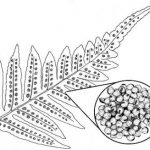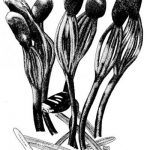It’s About Time – August 2013
This must be nature’s designation of the Year of the Nut. Filbert trees all around town have an abundance of swelling husks. When growing close to the curb, nuts are being knocked off their branches by passing trucks and smashed on the street by subsequent traffic. Squirrels and crows leap out onto the street to snatch up the soft, as yet unripe, meat of the seed inside, what we call a nut. Walnuts are also showing a major crop, especially the Turkish walnuts, in abandoned orchards and back yards. Continue reading

